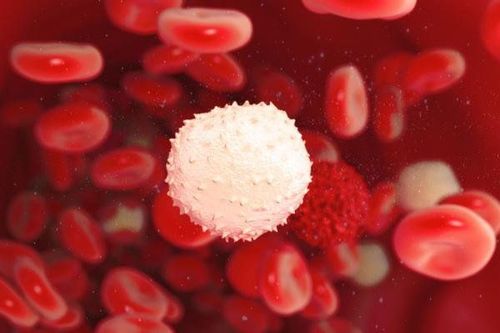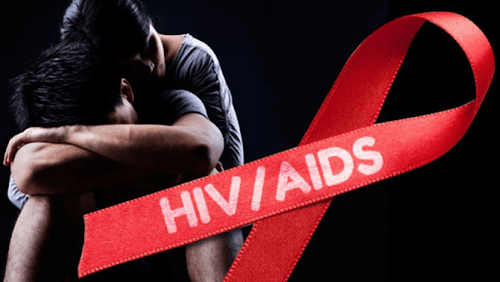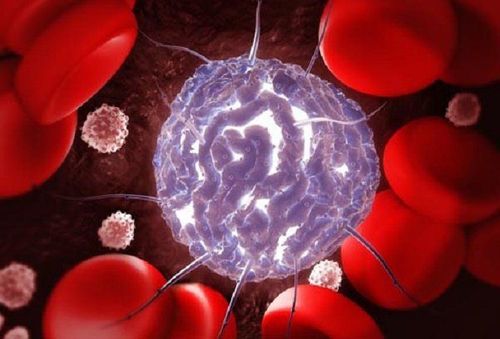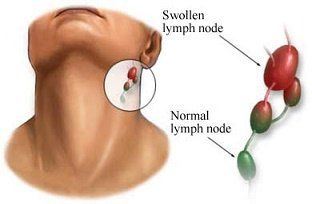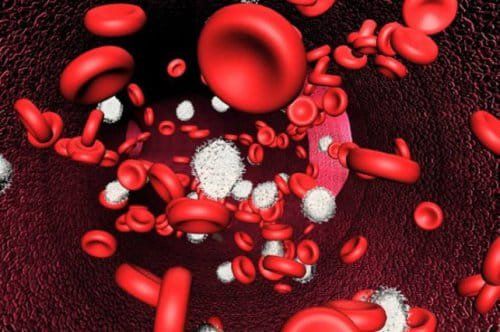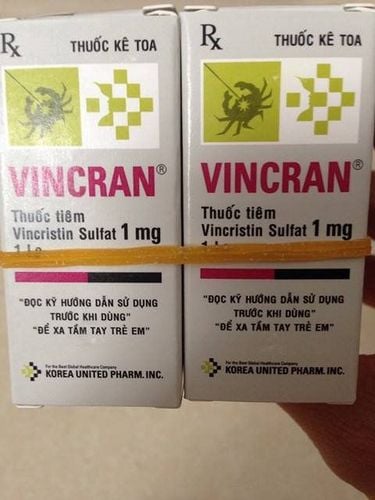This is an automatically translated article.
Leukemia begins when healthy blood cells change and grow out of control. Acute lymphocytic leukemia (ALL) is a cancer of immature lymphocytes. Lymphocytes are a type of white blood cell involved in the body's immune system. ALL is also called acute lymphoblastic leukemia or acute lymphoblastic leukemia.
Acute means that the disease starts and gets worse quickly. The following article will help us learn about the types of acute lymphoblastic leukemia (ALL) in adults)
1. Classification of acute lymphoblastic leukemia (ALL) in adults
Lymphocytes are made in the bone marrow, the spongy, red tissue in the inner part of large bones. Lymphocytes are found in the blood, lymph nodes, and spleen. Healthy lymphocytes fight bacterial and viral infections. In people with ALL, new lymphocytes do not develop into mature cells but exist as immature cells called lymphoblasts.
There are many causes of acute lymphoblastic leukemia. Depending on the level of development of each patient as well as the type of blood cells, people are divided into levels of the disease. Acute lymphocytic leukemia is divided into lines according to severity. There are three grades of the disease: acute lymphocytic leukemia L1, L2 and L3.
Lymphocytes (ALL) are classified as follows: B cells, T cells, Burkitt Lymphocytes and Philadelphia chromosome positive (BCR-ABL fusion).
B cells make antibodies. T cells fight infection by activating other cells in the immune system and by destroying infected cells. Burkitt lymphoma Philadelphia chromosome positive (BCR-ABL fusion) NK cells fight bacteria and cancer cells. About 85% of people with acute lymphoblastic leukemia (ALL) have the B-cell subtype and about 15% have the T-cell type.
Some patients have a type of leukemia called leukemia. bipolar acute leukemia, also known as mixed phenotype acute leukemia or acute ambiguous lineage leukemia.
According to diagnosis, about 20% to 30% of adults with ALL have an alteration or mutation in a gene called the Philadelphia chromosome (Ph). This causes two genes, BCR and ABL, to become a fusion gene called BCR-ABL.
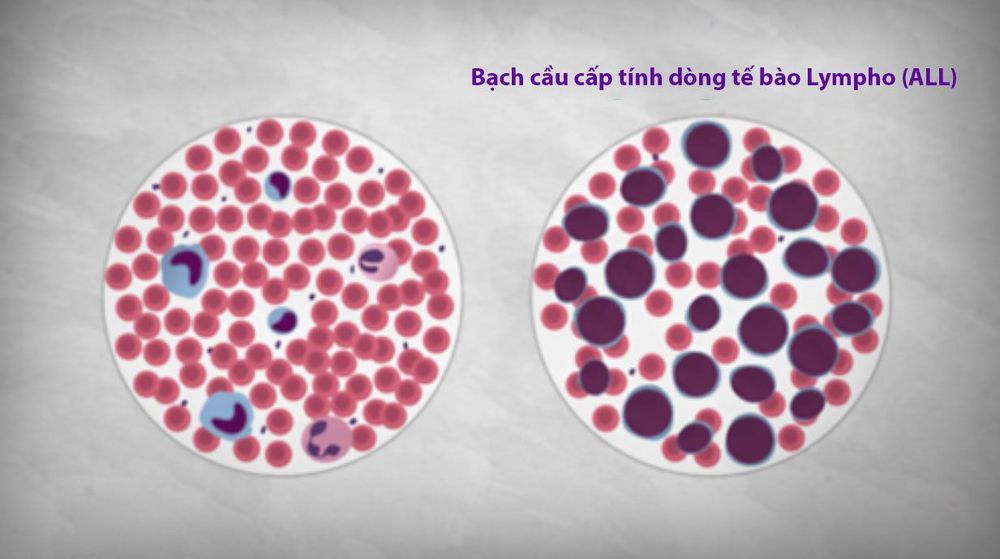
Bệnh bạch cầu cấp tính dòng tế bào Lympho (ALL)
The BCR-ABL gene causes specific types of white blood cells called B lymphoblasts to grow out of control. Knowing whether a person has the BCR-ABL gene helps doctors predict a patient's prognosis and recommend treatment. So it's important to check for it.
About 20% to 25% of patients with B-cell precursors of ALL have a type called Ph-like ALL. The genetic changes found in the leukemia cells of Ph-like ALL behave like those associated with the Philadelphia chromosome. But, there was no sign of the Philadelphia chromosome in the leukemia cells. Instead, the leukemia cells have other mutations that behave similarly. This means that the same types of treatments used for leukemia with the Philadelphia chromosome may also work for Ph-like ALL.
2. Features of acute lymphoblastic leukemia (ALL)
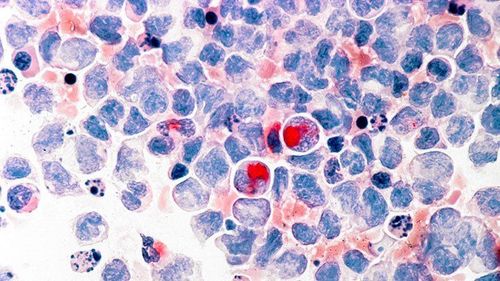
Trong máu xuất hiện nhiều loại bạch cầu khác
In people with ALL, abnormal cells gather other types of cells in the bone marrow. This stops the production of the following cells:
Red blood cells, which carry oxygen Other types of white blood cells Platelets, which are part of the blood needed to clot This means that people with ALL can have problems with having too few healthy blood cells, including:
Anemia , not enough red blood cells Infections because they don't have enough white blood cells called neutrophils that fight bacteria Increase risk of bruising or bleeding due to low platelet counts. Lymphomablasts can also collect in a person's lymph system and cause swollen lymph nodes. Some cells can invade other organs, including the brain, liver, spleen, thymus, or testes in men.
Unlike other types of cancer, the spread of ALL to other parts of the body does not mean that the cancer is at an advanced stage. Acute leukemia is often found throughout the body when diagnosed, and it can still be cured.
Leukemia can come back again after remission. If the leukemia comes back, there will be another round of testing to find out how much of a relapse. These tests and scans are often similar to those performed at the time of initial diagnosis.
To register for examination and treatment at Vinmec International General Hospital, you can contact Vinmec Health System nationwide, or register online HERE.
References: Cancer.net
MORE:
What is Chronic Lymphocytic Leukemia (CLL)? For the first time in Vietnam successfully treated T/NK cell lymphoma with immunotherapy What are lymphocytes?




